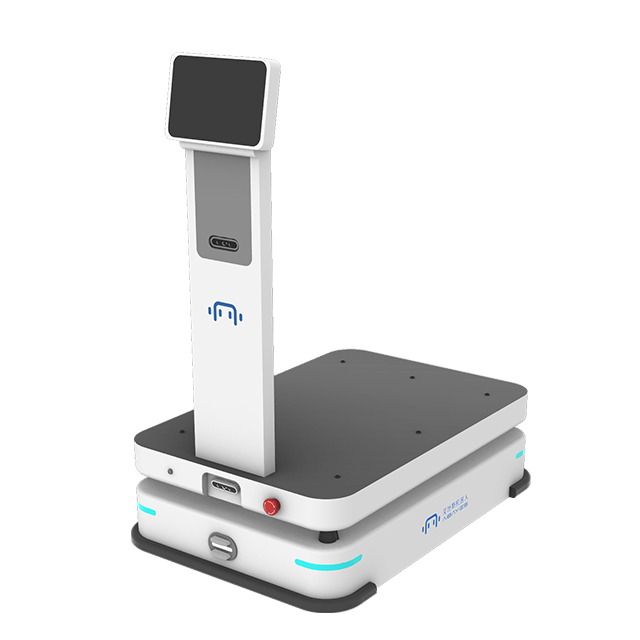Pain points in the scenario:
In the manufacturing industry, logistics often encounters several pain points. The transportation of raw materials, components, and finished products on production lines requires a high degree of accuracy and efficiency. However, traditional manual logistics management has the following pain points:
- High Labor Costs: A significant amount of manpower is required for material handling, packaging, and warehouse operations, increasing labor costs.
- Human Errors: Manual operations are prone to errors, such as shipping mistakes, improper packaging, leading to production line downtime and quality issues.
- Complex Processes: Logistics processes are intricate, involving multiple coordination steps, making it susceptible to time delays and communication breakdowns.
- Resource Waste: Improper material storage may result in space wastage and tied-up capital.

Implementation Challenges:
When introducing logistics robots to address these pain points, there are also implementation challenges to consider:
- Technical Integration: Seamless integration of logistics robots with existing production equipment, information systems, and other components is required to ensure smooth collaboration.
- Safety Concerns: Logistics robots need to operate in environments with dense human presence, making safety a crucial consideration to prevent accidental contact between robots and personnel.
- Adaptation to Complex Environments: Manufacturing environments are complex and variable, requiring robots to have the capability to adapt to different terrains, temperatures, humidity levels, and other conditions.
- Training and Acceptance: Introducing robots may necessitate training for employees and may lead to resistance to automation among some staff members.
Solutions:
To address logistics issues in the manufacturing industry, the introduction of logistics robots can employ the following solutions:
- Automated Material Handling: Logistics robots can autonomously transport raw materials and finished products on production lines, reducing labor costs and improving transport efficiency.
- Smart Packaging: Robots can automatically package products based on their characteristics, ensuring packaging quality and minimizing waste.
- Real-Time Monitoring: Introducing logistics robots enables real-time monitoring of logistics processes, reducing human errors and time delays.
- Intelligent Warehousing: Robots can optimize warehouse space utilization, enhance warehouse management efficiency, and reduce capital tie-up.
- Path Planning: Logistics robots can perform intelligent path planning based on site conditions and material requirements, avoiding collisions and blockages.
Highlights of the Solution:
Introducing logistics robots into the manufacturing industry offers numerous benefits:
- Increased Efficiency: Robots can work around the clock, improving the efficiency of logistics transportation and reducing downtime.
- Cost Reduction: Automation of handling and packaging tasks can reduce labor costs and enhance production line efficiency.
- Precision Operations: Robots execute tasks with precision, reducing human errors and improving product quality and accuracy.
- Data Analysis: Logistics robots can collect vast amounts of data, facilitating the optimization of logistics processes and decision-making.
- Employee Assistance: Robots can assist employees with repetitive tasks, freeing up employees for creative and high-value work.



